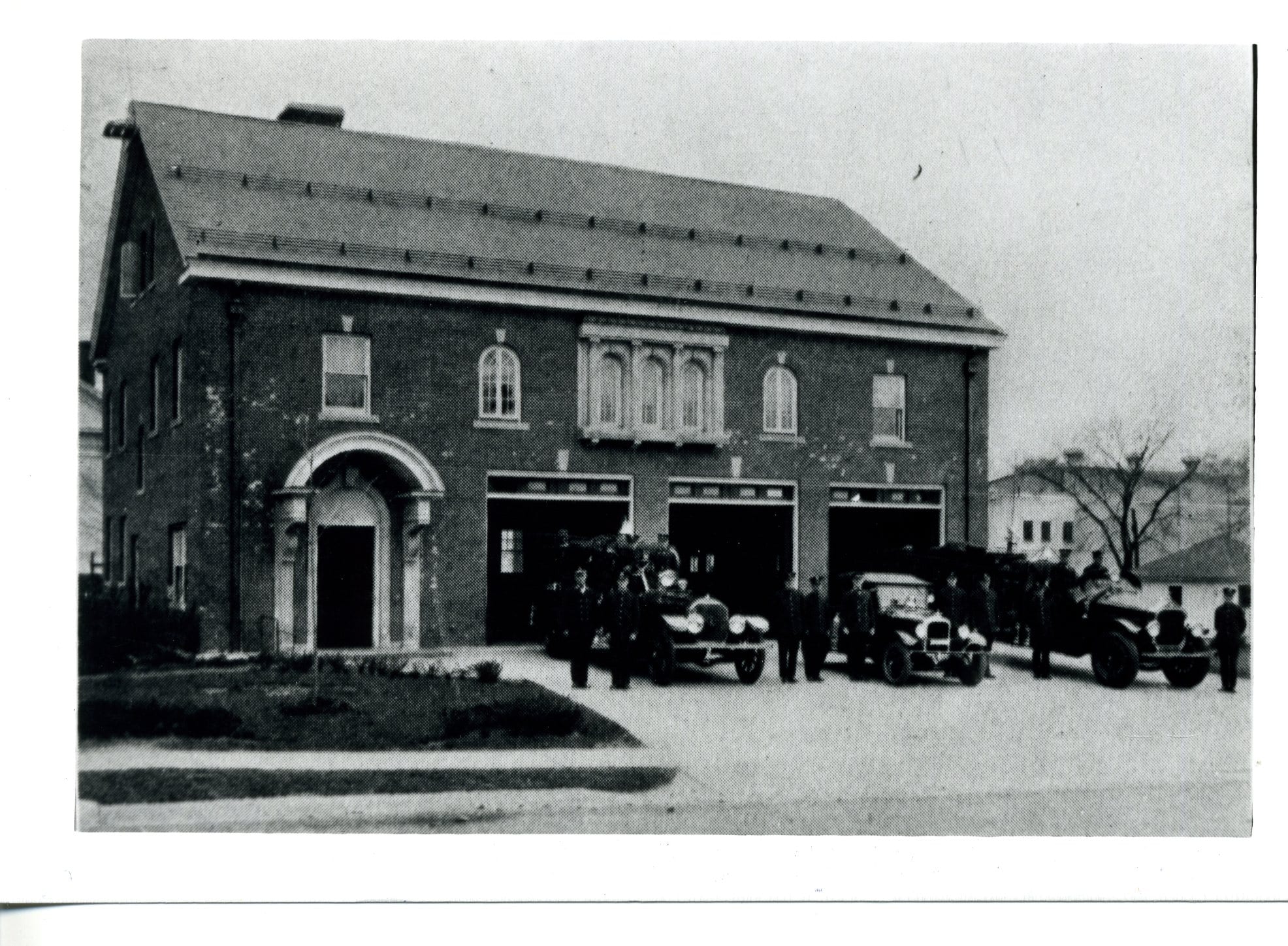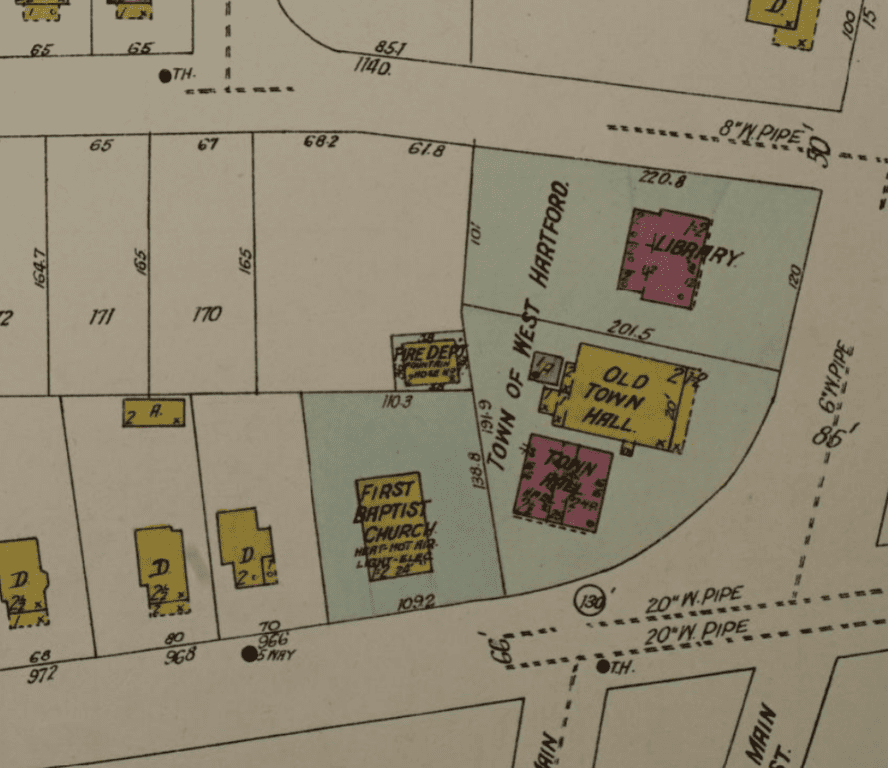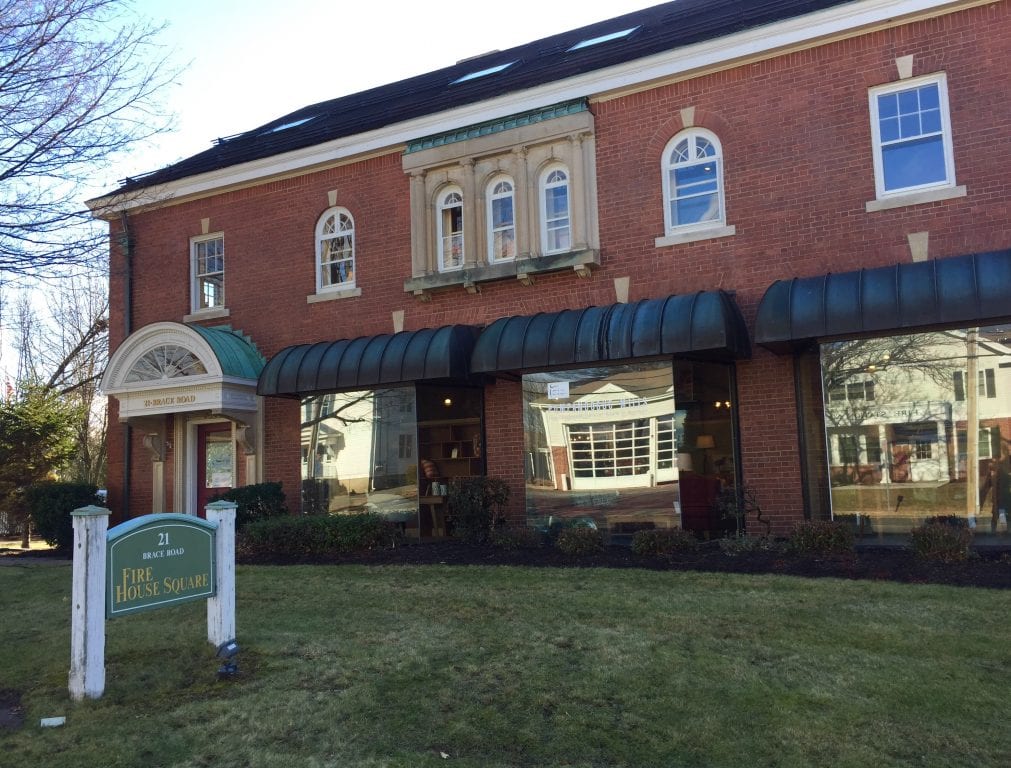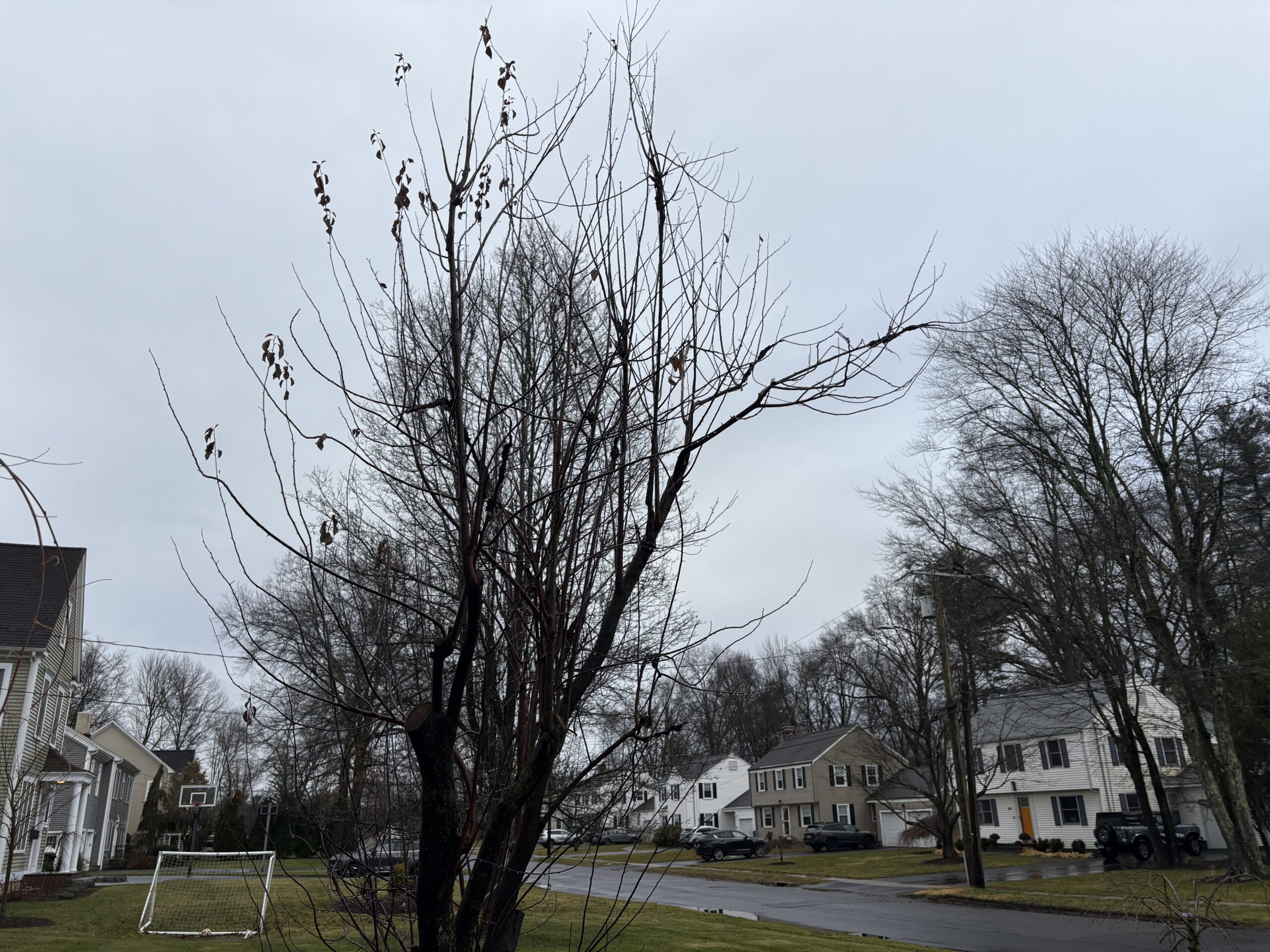From the West Hartford Archives: Brace Road Firehouse

Audio By Carbonatix

Original Brace Road firehouse at 21 Brace Road. Courtesy of Noah Webster House & West Hartford Historical Society
Historian Jeff Murray takes a look into West Hartford’s past to uncover some surprising information, stir up some memories, or reflect on how much life has changed – or hasn’t changed at all. Enjoy this week’s ‘From West Hartford’s Archives’ …
By Jeff Murray
On the night of August 23, 1907, a fire started on a small oil stove in a kitchen on Raymond Road and quickly spread to three other houses. Members from West Hartford’s volunteer Fountain Hose Company rushed to the scene, but the existing fire hydrants were too far away. Even when they extended the hose to reach the nearest hydrant, the water pressure was too low.
All four houses burned down that night and three were subsequently rebuilt. The only legacy of this fire is the age of the rebuilt houses on this site – 150, 152/154, and 156 Raymond Road – all within two years of the aftermath. The 1907 fire was a brutal reminder of the growing pains that West Hartford was enduring in its rush to develop.
The fire company had been organized in the summer of 1879 with a membership of 25 people, with Joseph E. Brace as the first foreman and Albert S. Bishop as its first secretary. The first hydrant in West Hartford was on the green in the Center and only served to protect the post office, town hall, and Congregational Church. Maintenance was relatively minimal and funds were low.
When not meeting for practice, the company was also responsible for wetting dusty roads. The only alarm in the Center was the Congregational Church bell, rung by anyone who discovered an ongoing fire.
Every few years, socials were held to raise money for uniforms, better equipment, or another hydrant in some strategic location, but it was certainly slow progress. Individual house fires in West Hartford, like any other town, were common since the company’s formation, but the growth of the town elevated the risk of a big one.
Raymond Road, for example, was rapidly and densely built up with light frame houses in just five years after 1896, when the high school was built at the corner of Memorial Road. Before the rush to construction, most houses were made of heavier building materials, like brick, or if not were spaced out in long, sweeping parcels of land. Once real estate development increased steadily from the turn of the 20th century, the amount of money, effort, and bureaucracy required for adequate fire protection in West Hartford made town officials hesitant to invest. The Fountain Hose Company therefore had willing fighters but not enough infrastructure to fight.
Interestingly enough, the 1907 Raymond Road fire did not actually spur the investment needed, but it focused the attention of many residents on fire protection.
In the spring of 1912, after a house on Sunset Farm Road burned down (albeit outside the scope of the fire company), a resident wrote a letter to the town: “The burning of the Mettler house on Albany Place [Sunset Farm Road] adds another to what seems to me an appalling list of bad fires within the past fifteen years.” They suggested that the newspaper actively print a complete list of all fires to help make the problem more visible and put pressure on the town. There were 35 fires in that time period, including three or four large ones.
Some residents argued that West Hartford was a collection of distanced neighborhoods, so raising taxes to cover everyone would be financially impractical. For now, the Fountain Hose Company just had to raise money on its own to secure better and more robust equipment. When automobiles became popular, they bought a wagon and added to it over time. They built a wooden hose house behind the Baptist Church on Farmington Avenue in 1916 (behind the modern firehouse pictured in this article).
The solution to the issue of a large town with dense neighborhoods spread out over miles of land was the creation of individual fire districts. The first was the East Side Fire District in 1909 – an area bounded by Park Road, the City of Hartford, Albany Avenue, and Whiting Lane. Their firehouse was built on Prospect Avenue in 1915. The Quaker Hose Company covered the length of Quaker Lane and the South Fire District, officially established last in 1919, covered the Elmwood area. The Center Fire District meanwhile had been organized in 1914, headquartered in the old wooden building behind the Baptist Church.
Originally, Elmwood was part of the proposed Center Fire District but in a shock vote in the summer of 1916, the district voted to reorganize and cut off all of Elmwood, a move that embittered the south end. Political tensions were sharp starting out, but once established and settled, these companies coordinated quite effectively. The Fountain Hose Company would often make it to a blaze outside of any of the established districts (like the north or west ends of town), but it was a gamble regardless.

A 1923 map of the northwest corner in the Center – the fire department’s hose house can be seen behind the Baptist Church.
Center Fire District levied a district tax that helped raise money for the purchase of the site on Brace Road for a new firehouse, starting in the spring of 1922. The district was also responsible for collecting ashes and garbage twice a week. From the ad-hoc fire company formed by some passionate residents in the 1870s, half a century later, the fire companies now resembled the bureaucracy of the modern West Hartford in order to meet the need for fire protection.
The well-known firehouse building on Brace Road was finally built in 1925 by the local firm McIntyre & Ahern. Once they moved next door to the new building, the old wooden house behind the Baptist Church was renovated and the second floor was transformed into a clubhouse. From 1944, it was used by the Junior League of Hartford. In the fall of 1955, there was a vote by the zoning commission to change the town-owned property surrounding the Brace Road firehouse from Residence B to Parking. Once it was approved, the now-defunct Fountain Hose Company’s five surviving members released their rights on the hose building and it was torn down.
That left the Brace Road firehouse at 21 Brace Road as the sole headquarters until 1991 when the current firehouse – known as Station No. 2 – was built across the street.
The original Brace Road firehouse building was modified and now called “Firehouse Square,” and is the current home of the Pompanoosuc Mills furniture store.

21 Brace Rd. Photo credit: Ronni Newton (we-ha.com file photo)
Jeff Murray was born and raised in West Hartford and has been involved with the Noah Webster House & West Hartford Historical Society since 2011 when he was a high school student and won the Meyer Prize for his essay on local history. Jeff routinely volunteers as local history researcher uncovering information for numerous museum programs such as the West Hartford House Tour and West Hartford Hauntings. Jeff works as a data analyst at Pratt & Whitney.
Like what you see here? Click here to subscribe to We-Ha’s newsletter so you’ll always be in the know about what’s happening in West Hartford! Click the blue button below to become a supporter of We-Ha.com and our efforts to continue producing quality journalism.



